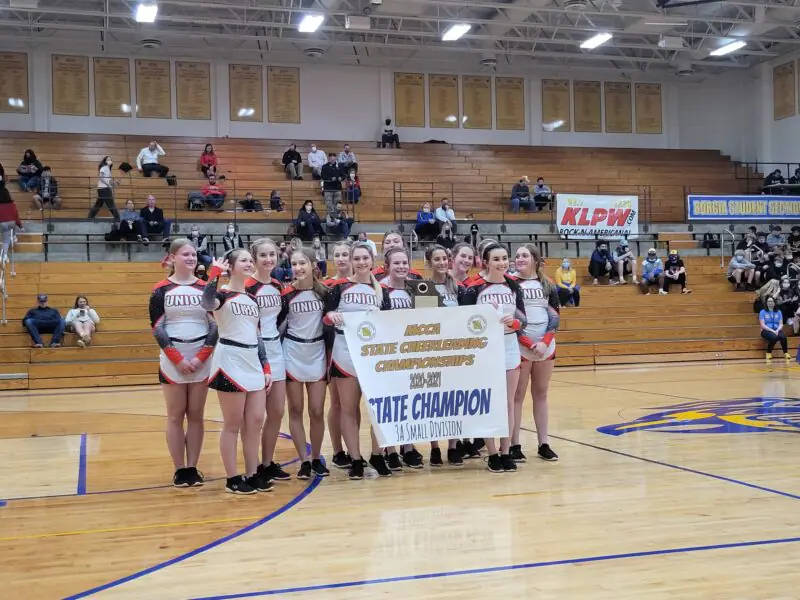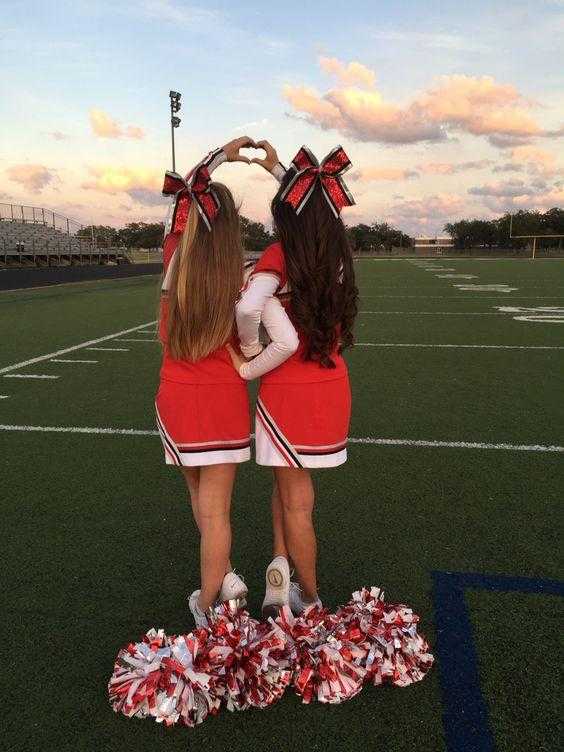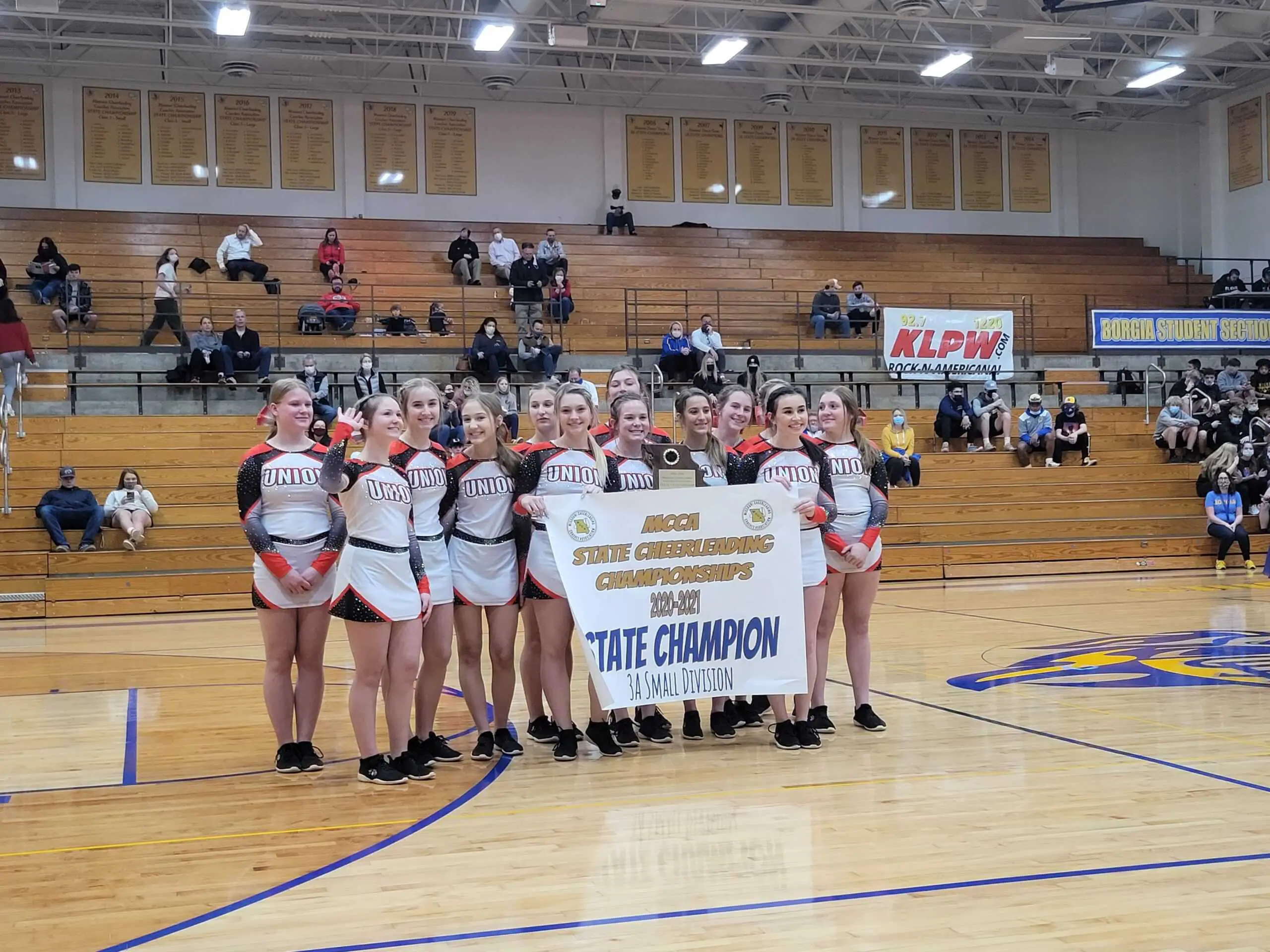
歓声: この言葉は古い英語の言葉から来ています “ceor,” それは意味します “叫ぶ” または “喜ぶ。” Over time, it evolved into a voice that expresses encouragement and support, especially at sporting events.
Leader: この言葉は古い英語の言葉から来ています “leofian,” それは意味します “to guide” または “to lead.”
Put together, “チアリーダー” basically describes a character who leads cheering or support, especially at sporting events.
The role of チアリーダー as we know it today originated in American college sports. The term “チアリーダー” itself was created in the early 20th century.
Early Origins: The practice of cheerleading began in the late 1800s. Initially, the practice was more informal, often involving students shouting in the stands to encourage the team.
Formalization: By the 1920s, the term “チアリーダー” became more formal. The role of cheerleaders evolved from simple cheering to organized, choreographed movements designed to inspire the crowd and support the team.
1920s-1950s: Early cheerleaders focused on leading chants and cheers. This role was initially held primarily by men until women began to participate in the 1940s.
1960s-Present: Cheerleading has evolved into a highly organized sport that includes competitive elements such as gymnastics and dance. Today, the term “チアリーダー” covers a variety of activities and performances.
Modern Cheerleading
Today, cheerleaders are not only part of supporting sports teams, but also participate in community events and competitions. The term “チアリーダー” now represents a combination of athleticism, performance, and leadership.
The name “チアリーダー” has a rich history, originating from the combination of cheering and leadership. From its original support role in college sports to today’s competitive and professional activities, cheerleading has become an important part of sports culture. Understanding its origins helps us understand how the term has become a symbol of support and athleticism.



